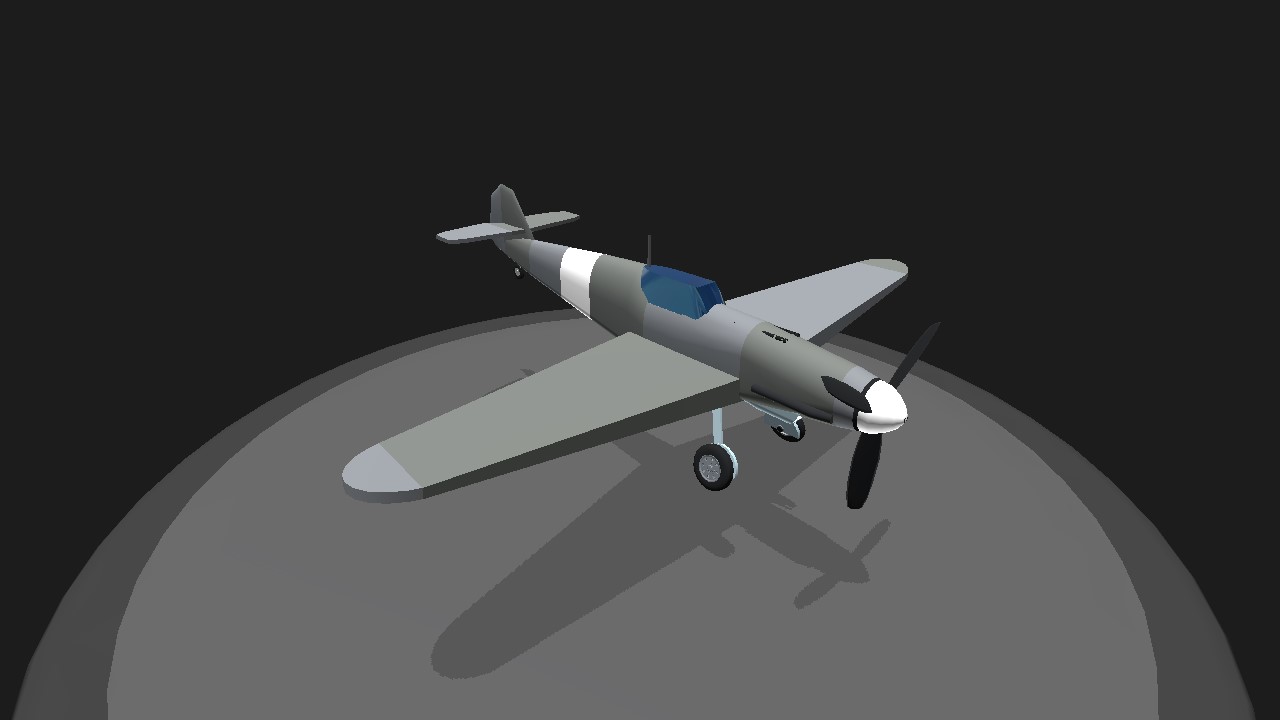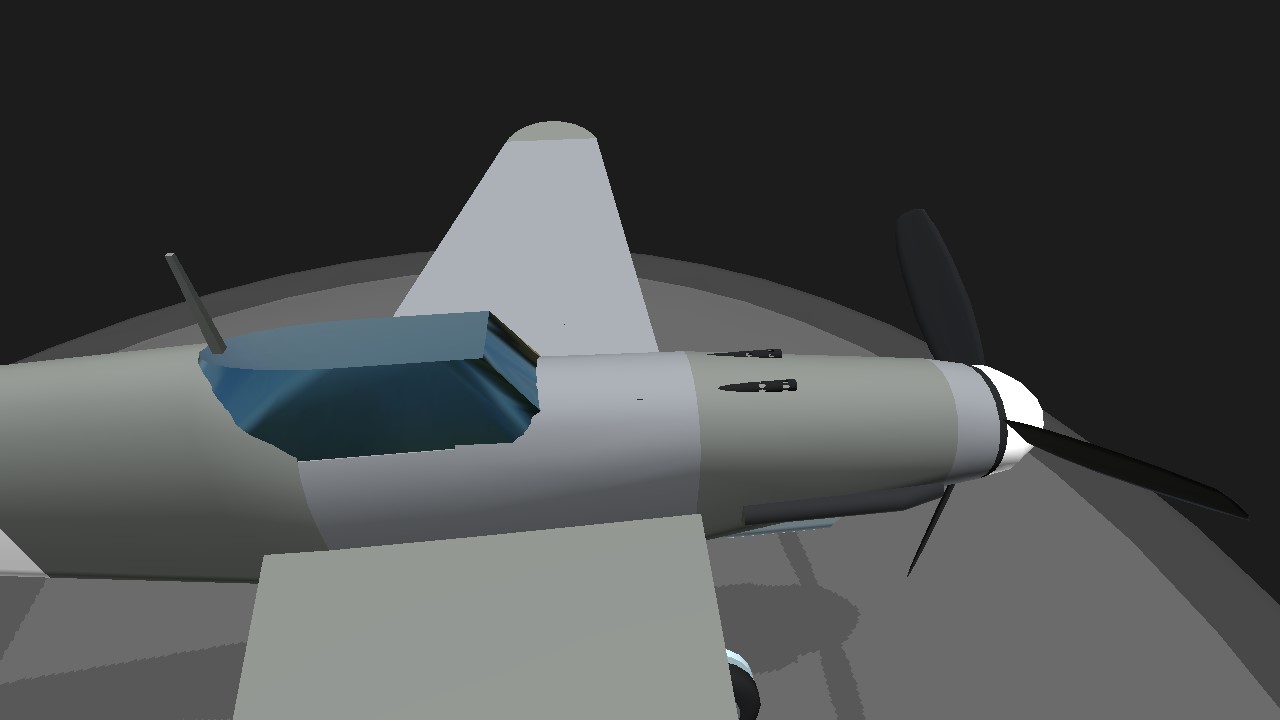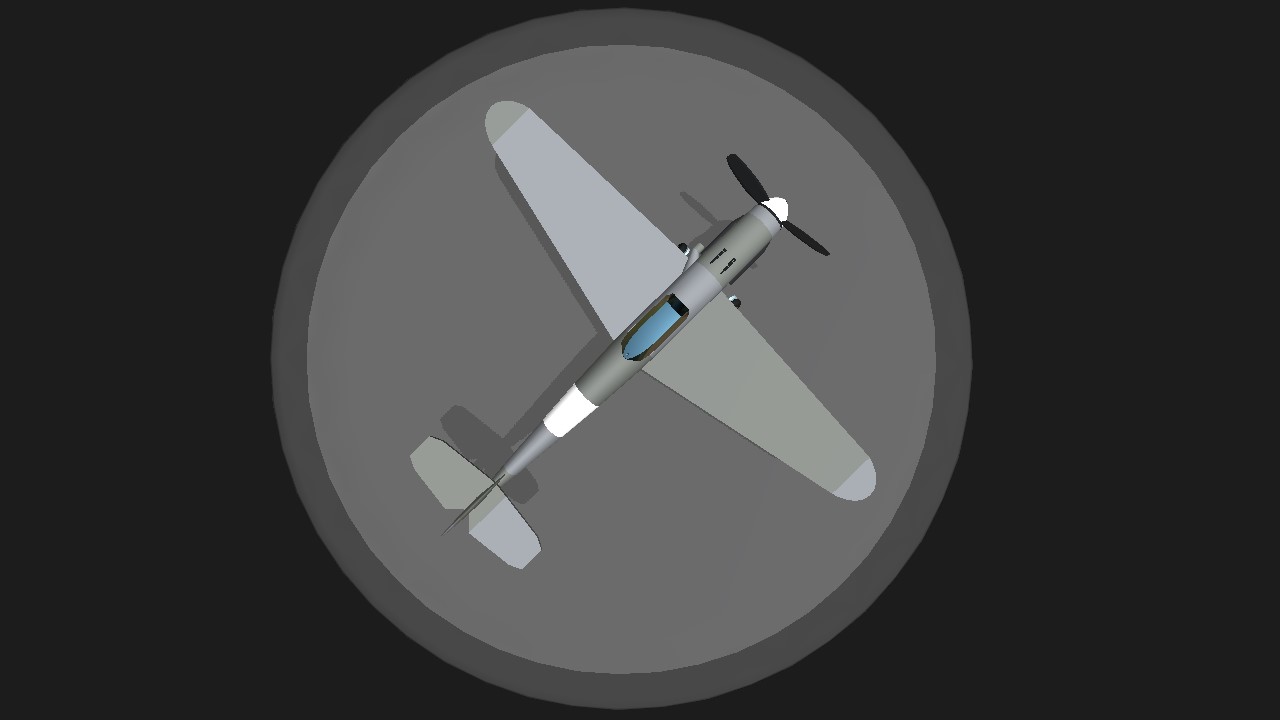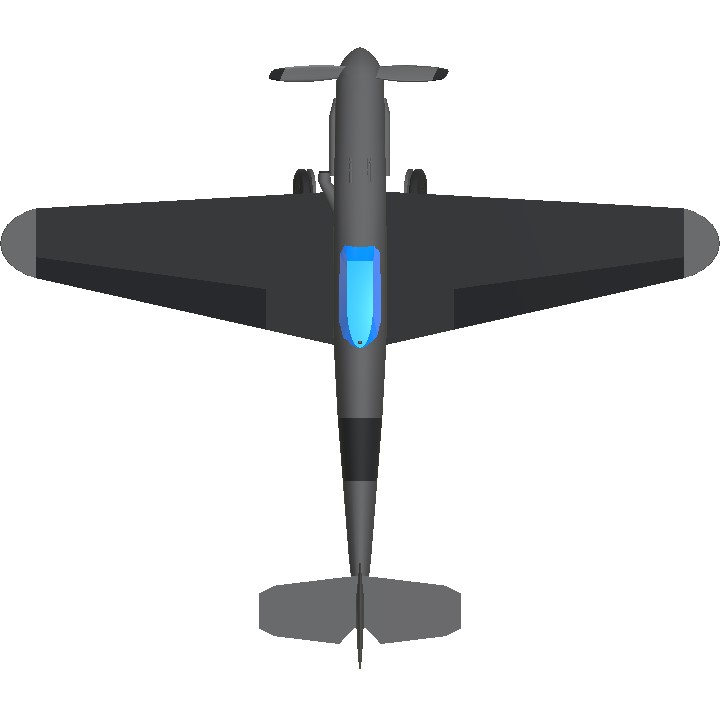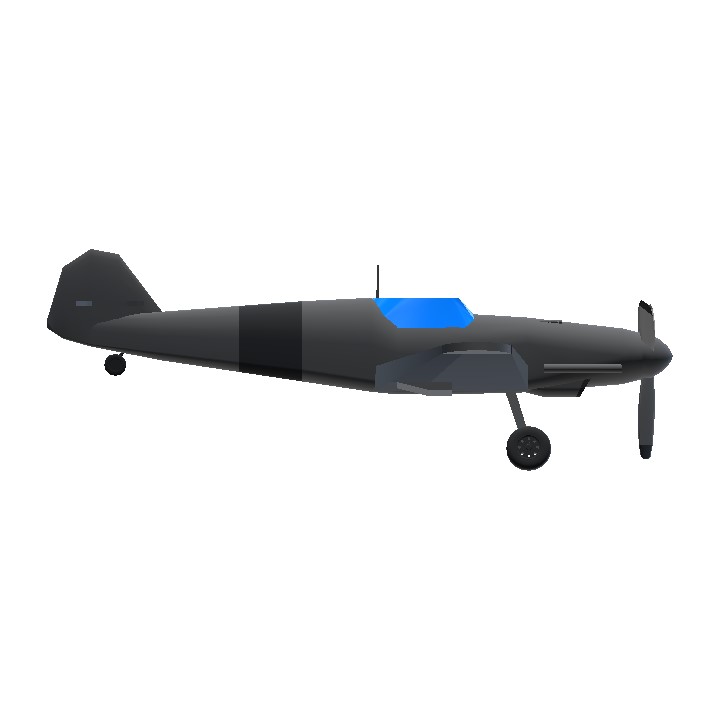Yellow-nosed devil bug~
Messerschmitt Bf 109
- About the aircraft
Messerschmitt Bf 109: A Razor-Edged Icon of the Luftwaffe
The Messerschmitt Bf 109, often shortened to Me 109, was a German World War II fighter aircraft that formed the backbone of the Luftwaffe's fighter force. Designed by Willy Messerschmitt in the mid-1930s, it was one of the most advanced fighters of its time, boasting a monoplane design, enclosed cockpit, and retractable landing gear. Its early successes in the Spanish Civil War solidified its position as a formidable opponent. Together alongside with the Focke-Wulf Fw 190, the Bf 109 formed the backbone of the Luftwaffe's fighter force during the Second World War.
Throughout the war, the Bf 109 was continuously upgraded and improved, seeing service in a wide variety of roles, including air superiority fighter, interceptor, bomber escort, and ground-attack aircraft. Its adaptability and relatively straightforward construction made it a mainstay of the German war effort. It was one of the most advanced fighters when the fighter first appeared, being furnished with an all-metal monocoque construction, a closed canopy, retractable landing gear, and powered by a liquid-cooled, powered by a series of Daimler-Benz DB600 series inverted-V12 aero engines (could this be called A12?), the Bf 109 was known for its speed and climb rate, allowing it to quickly engage and disengage from combat. However, some later variants, particularly those with heavier armament, suffered from a reduced maneuverability compared to some Allied fighters.
The Bf 109 saw action on all fronts of the European theater, from the skies over Poland to the Battle of Britain and the Eastern Front. It was flown by some of the Luftwaffe's most celebrated aces, achieving staggering kill ratios in the early years of the war. Despite its undeniable successes, the Bf 109 was eventually outmatched by newer Allied designs, particularly the North American P-51 Mustang and the Supermarine Spitfire. However, it remained in production until the end of the war and continued to serve with some countries even after. The Bf 109 remains a powerful symbol of the Luftwaffe and a crucial piece of aviation history.
The Bf 109 was flown by the three top-scoring fighter aces of all time, who claimed 928 victories among them while flying with Jagdgeschwader 52, mainly on the Eastern Front. The highest-scoring, Erich Hartmann, was credited with 352 victories. The aircraft was also flown by Hans-Joachim Marseille, the highest-scoring ace in the North African campaign, who shot down 158 enemy aircraft (in about a third of the time). It was also flown by many aces from other countries fighting with Germany, notably the Finn Ilmari Juutilainen, the highest-scoring non-German ace. He scored 58 of his 94 confirmed victories with the Bf 109. Pilots from Hungary, Romania, Bulgaria, Croatia, Slovakia and Italy also flew the fighter. Through constant development, the Bf 109 remained competitive with the latest Allied fighter aircraft until the end of the war.
Given the aircraft's history, characteristics, and widespread use, here are some given nicknames:
"Yellow Nose": A reference to a commonly seen paint scheme on the Eastern Front.
"Black Six": Referencing the iconic aircraft flown by Erich Hartmann, the highest-scoring fighter ace of all time.
"The Hun's Hotrod": A more derogatory term, often used from an Allied perspective, suggesting speed and aggression.
"The Splinter": Referencing some of the camouflage schemes used, which featured sharp, angular shapes.
"The Beute (loot) 109": This term would be used for captured and flown examples of the BF-109 by the Allied forces in trials.
- About the variant
Bf 109F-4
From the F-4 onward, the new 20 mm Mauser MG 151/20 with 200 rounds was used as the Motorkanone. The first F-4s reached frontline units in June 1941. Production lasted exactly a year between May 1941 and May 1942, with 1,841 of all F-4 variants produced. Some of the later models were capable of mounting two 20 mm MG 151/20 cannons under the wing in faired gondolas with 135 rpg. These were designated F-4/R1 and 240 of them were produced by WNF in the first quarter of 1942. This optional additional armament was standardized as field kit for later G and K series. A special high-altitude variant, the F-4/Z featuring GM-1 boost, was also built with a production run of 544 in the first quarter of 1942 and saw extensive use. Finally, the Erla factory produced 576 tropicalized F-4 trop in the first half of 1942.
C O N T R O L S
Trim : Flaps, cruising 'rotate' adjuster
VTOL : Further flaps
Specifications
General Characteristics
- Created On Android
- Wingspan 33.9ft (10.3m)
- Length 29.4ft (9.0m)
- Height 10.5ft (3.2m)
- Empty Weight 3,566lbs (1,617kg)
- Loaded Weight 5,161lbs (2,341kg)
Performance
- Power/Weight Ratio 0.234
- Horse Power/Weight Ratio 0.281
- Wing Loading 14.6lbs/ft2 (71.2kg/m2)
- Wing Area 353.9ft2 (32.9m2)
- Drag Points 927
Parts
- Number of Parts 69
- Control Surfaces 7
- Performance Cost 440

